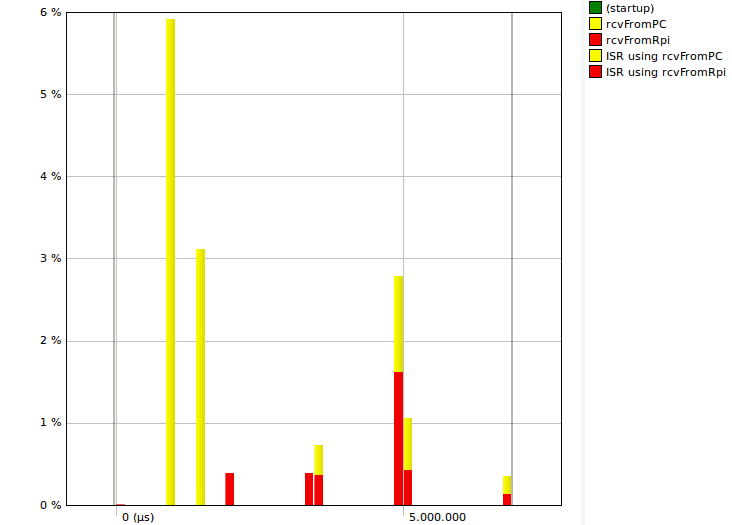The Argentinian Air Force has developed a microsatellite, called µSAT-3. And thanks to Aurelio Remonda, student at the Universidad Nacional in Cordoba, Argentina, and his project leaders Santiago Rodriguez and Pablo Morales, Tracealyzer plays a part in this national satellite project.
For his thesis work, Aurelio Remonda is developing a communications protocol to download images from the satellite’s two cameras. He’s also using Tracealyzer to estimate how much of the onboard computing capacity his software will use.
“The idea is to establish a terminal session from the ground station to the image acquisition system (IAS) to send commands and retrieve images. All communication is routed through a dedicated MCU on the satellite, a TI TMS570 running FreeRTOS and our own firmware that lets us receive data from the ground station, execute commands, and in some cases send data to the IAS. The MCU needs to understand a set of commands that we define, such as power on/off some modules and enable/disable the communications link,” he says
When he joined the µSAT-3 project in 2017, it had already been under development for some time so hardware and software specifications were mostly in place.
“I was given some pretty basic requirements, for example to use FreeRTOS to develop my firmware. Another requirement was to develop it in such a way that it will be easy to add new tasks later, as there will be other people developing software for the satellite after me. And this is really why we are so interested in using Tracealyzer to see what happens in the MCU.”
Percepio donated a free Academic License for Tracealyzer to Aurelio and he is now using it to gather traces and diagrams for the report he’ll turn in sometime in June or July.
If you are studying or teaching embedded development, you too may be able to use Tracealyzer for free. You are welcome to check out our Academic Licenses (scroll to bottom of page).


